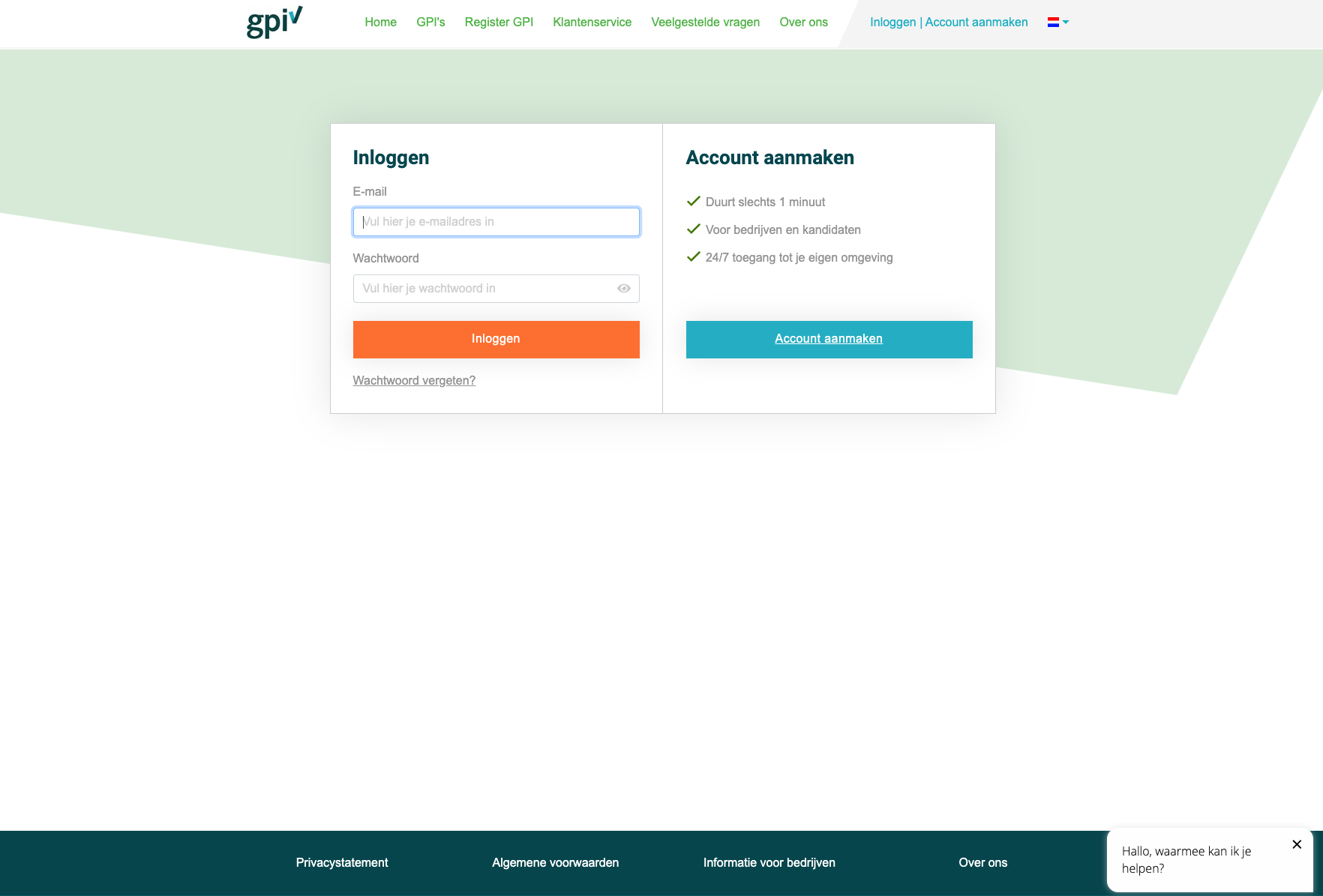Engineering & Construction: Powering Connected Construction With No-Code
Emerge as an E&C leader in the next normal
Emerge as an E&C leader in the next normal

Using drones to survey sites reduces the risk of harm to workers
Why learn about hazards in the field, when you can do it from the comfort and safety of VR?
Real-time data on movement, heat, gas, and locations of workers, can literally save lives
By monitoring moisture, temperature, and toxins, site sensors help workers to avoid hazardous areas
Cloud-based solutions for computer-aided design (CAD) offer increased efficiency, security, and automatic updates across all applications. Moreover, engineers are increasingly leveraging the power of cloud-based systems to access data in the field.
Software is being utilized across the industry to automate previously manual, Excel, and even paper-based processes. According to McKinsey, “... as of 2015, 478 billion of the 749 billion working hours (64 percent) spent on manufacturing-related activities globally were automatable with currently demonstrated technology.”
An increasing number of engineering firms are using Product Data Management systems (PDMs) for CAD data, models, parts information, manufacturing instructions, and requirements. This helps ensure data is easily accessible and that all regulations are adhered to.

Scalability
The scalable design enables eX:plain to quickly connect existing and new customers to the innovative system
Centralized platform
Easily follow instructions in 17 languages from 1 centralized place, anywhere you want
Automated administration
Administration has been fully automated for affiliated organizations


© Copyright 2025. All rights reserved.